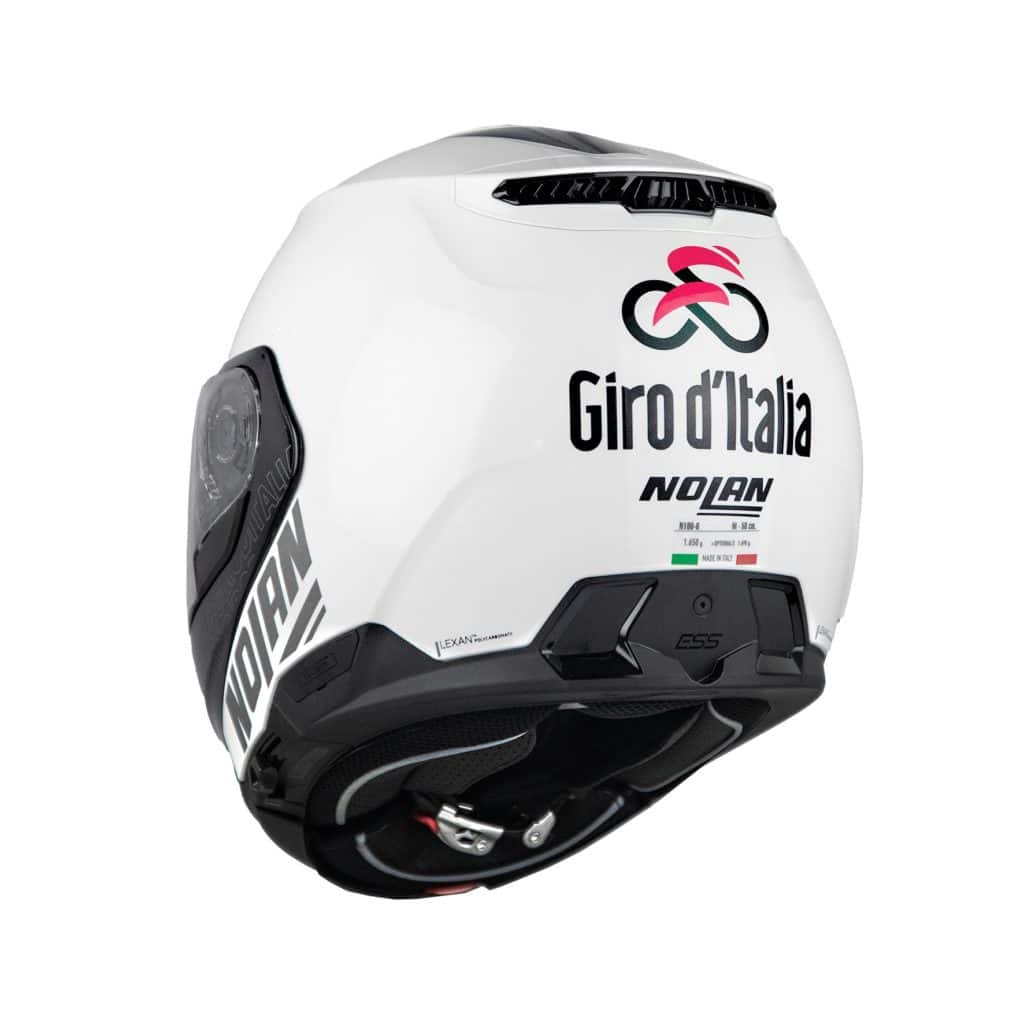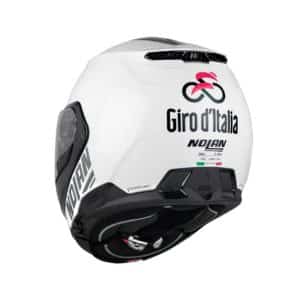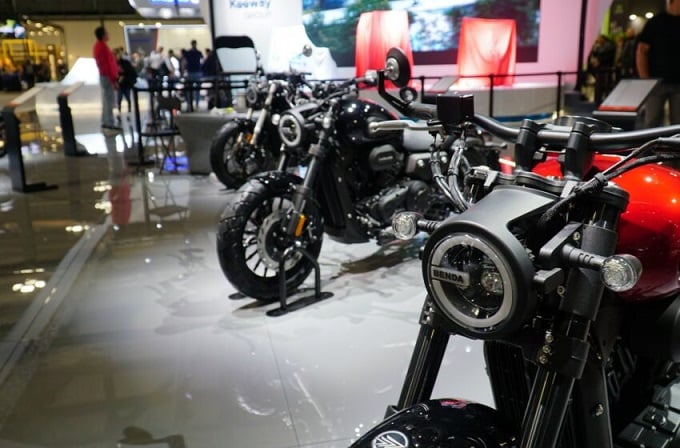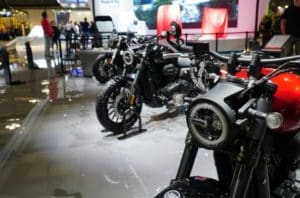Yamaha Motor: new insight into Leaning Multi-Wheel technology [VIDEO]
Another event focused on three-wheeled vehicles
![Yamaha Motor: new insight into Leaning Multi-Wheel technology [VIDEO]](https://moto.motorionline.com/wp-content/uploads/2020/05/2019_YAM_LMWTRDX_EU_MDPBM1_ACT_007-63774-1024x682.jpg)
![Yamaha Motor: new insight into Leaning Multi-Wheel technology [VIDEO]](https://moto.motorionline.com/wp-content/uploads/2020/05/2019_YAM_LMWTRDX_EU_MDPBM1_ACT_007-63774-300x200.jpg)
The technology Multi-Wheel Leaning and the three-wheeled examples remain protagonists in a new event in the cycle “Tips and Tricks”, proposed by yamaha Motor.
A peculiar setting
Fabio Abertoni, Aftersales and Racing Manager and Yamaha Motor technician, accompanies enthusiasts once again in this new study dedicated to the technology of Yamaha three-wheeled models. These have been talked about in previous episodes vehicles and dynamism expressed in particular conditions. On this occasion the attention is focused on the system Multi-Wheel Leaning and on its action.
Let's start with an example. Observing the wheels of a car stopped in a parking lot, you can notice that the internal one is turned more than the external one. This happens because when cornering you exploit theAckermann effect, also known as “Ackermann angle”. An aspect that allows the corner section to be closed progressively and effectively, without any drifting angles towards the outside. Simplifying: the internal wheel follows a narrower circumference than the other, therefore it necessarily steers more. But this aspect does not apply to two-wheeled vehicles, given that it bends when cornering. The dynamics are different.
The Tricity represent a hybrid in the overview. There are two wheels in front, returning to the aforementioned "Ackermann effect", but at the same time a "crease effect" persists. Kind of a puzzle. The cars work in 2D, while in this case we work in 3D. In essence it is necessary “an evolved Ackermann effect”, as underlined by Fabio Albertoni. Using a “offset” between the fold axis and the steering axis, you get just a “Ackermann effect in 3D”. The result of development work that proposes a type of driving “neutral and linear”, as highlighted again on the occasion.
However, there are several interesting factors in this approach, starting from “parallelogram system”, connotative of technology Multi-Wheel Leaning. Neuralgic as it allows: “leaning, steering, shock absorption, trajectory management”. Then the fork itself is highlighted, consisting of a double stem on each side, functional for its solidity and to avoid twisting. Therefore the handlebars and seat are set back by 50 mm, compared to a traditional motorbike, in order to optimize the weight ratio between the two areas of the vehicle, considering the front end.
Photos and videos: Yamaha Motor
if you want to always be updated on our news
Follow us here













